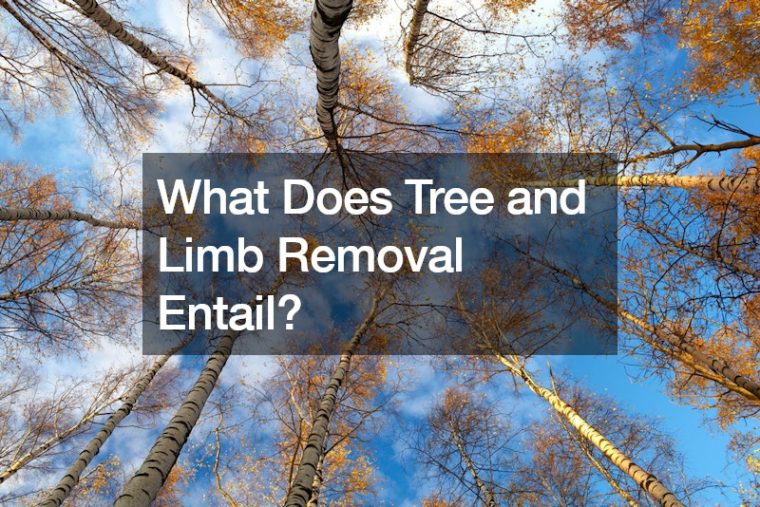
Tree and limb removal is a critical process in landscape management, involving the careful elimination of trees and branches that pose risks to property, obstruct views, or are diseased and dying. This process requires careful planning, precise execution, and adherence to safety standards to ensure both the well-being of people and the preservation of the surrounding environment.
The process typically begins with an assessment conducted by a certified arborist.
During the assessment, the arborist evaluates the tree’s health, stability, and the complexity of the removal task. This evaluation helps in determining the necessary equipment and the number of personnel required. Common tools used in tree and limb removal include chainsaws, chippers, cranes, and sometimes even specialized vehicles if the tree’s location is particularly challenging.
Safety is paramount in tree removal. Professionals involved must wear appropriate safety gear such as helmets, eye protection, gloves, and harnesses. The area around the tree is cordoned off to protect passersby and property from falling limbs or debris. Strategic cuts are made to the tree or limbs to control the direction of their fall, and ropes or mechanical equipment might be used to guide larger sections safely to the ground.
Once the tree or limbs are down, the cleanup process begins. This involves cutting the removed parts into smaller pieces, which are either hauled away or processed on-site into mulch or firewood. Stump removal is often the final step, which can be achieved through grinding down the stump below the soil level or using chemical treatments to hasten its decay.
Tree and limb removal is not just about taking down trees; it’s about ensuring that the work is done efficiently, safely, and with minimal impact on the surrounding landscape. It requires skilled professionals who understand both the biology of trees and the mechanics of safe removal. This comprehensive approach helps maintain the health and aesthetics of landscapes while ensuring safety and compliance with local environmental regulations.
.
